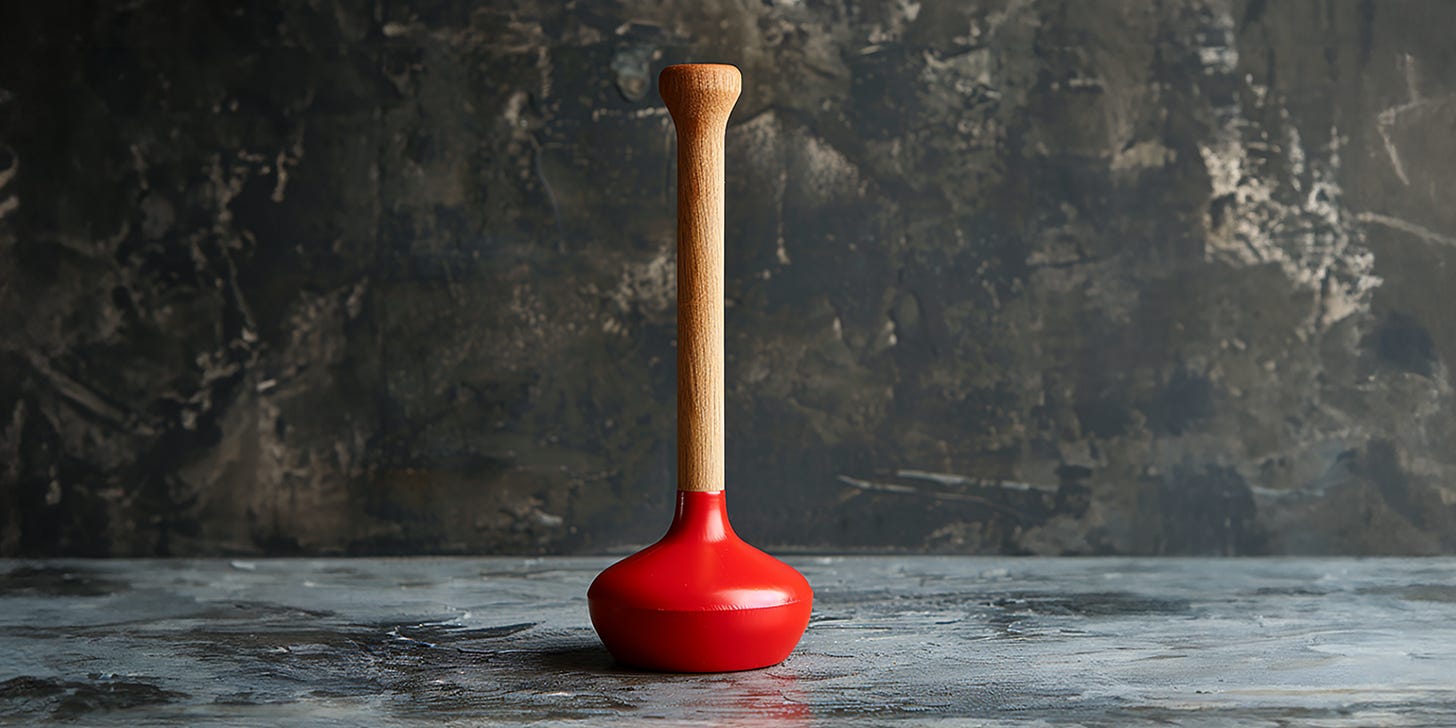The Future of Copywriting
PLAY Ai JAZZ AND WRITE LIKE VAN GOGH.
As the computer ushered out the drawing boards at our architecture school at the end of the 20th century, our Professor was keen to remind us that "the machine won't do the work for you. It's just a tool. Think of it like a plumber sees a plunger."
I believe this rings true with the introduction of any innovation, in any field. We must think of them as tools to help us be better. Tools to advance the way we think, imagine new possibilities and in some cases revolutionize. For writers, Ai Large Language Models are the newest tool to arrive. They won't stop us writing but we may need a bigger toolbox.
As an example, let's look at innovation and the arts. The invention of photography in the 19th century didn't mean we stopped painting but it did usher in a revolution. Prior to photography, artists had to rely on their memory to create realistic images. Their new tool, the camera allowed them to capture the world around them with unprecedented accuracy. This freed their detail oriented minds to think differently, encouraging artists such as Van Gogh and Monet to evolve their style. Instead of replicating what the camera could create, they were inspired to create what the technology could not. They abandoned realism and instead painted feelings, capturing moments rather than recreating highly-detailed, realistic representations. Impressionism was born and its spirit of experimentation and innovation is still felt today.
In music, the advent of digital audio recording and sampling in the 1980’s didn’t mean we stopped singing. Instead it revolutionized the industry by enabling new forms of musical expression. It was DJ Kool Herc, not the sampler that imagined extended loops for extended dancefloor shenanigans. Giorgio Moroder envisaged Donna Summer's voice as an hypnotic, otherworldly presence, the sampler was the tool that helped him achieve it. The new technology democratized music production and encouraged experimentation giving rise to new genres such as hip-hop and electronica and is still helping musicians reinvent and reimagine to this day.
Just as artists didn't stop painting or musicians didn't stop playing, the introduction of Ai language models doesn't mean writers will stop writing. Embraced as a tool, Ai can be an engine for our imagination and has the potential to revolutionize what writing can be.
For now it means we no longer have to face the blank page alone. We have a writing buddy ready and more than willing to bounce ideas off. Think of it as a writing room without the cold coffee, donuts and feet on the table. Ask the right questions, treat it like jazz and find new connections. Ask it to write for you. Then do the opposite. This is because by nature its observations are dated. If we use Ai writing verbatim we risk what Greg Rosalsky calls the "Hallmarketizastion of Everything." A world where all communication feels like a card from Hallmark, written without creativity, personality, ideas or emotion.
Ted Chiang in the New Yorker goes one step further, comparing the output of Open Ai's Chat GPT to a blurry jpeg of all the text on the Web. Just as a jpeg retains much of the information of a higher-resolution image, Ai language models retain much of the information on the Web, but not the complete picture.
Let's use the new tools in our writer's toolbox, but always remember that's what they are. Tools. We must never forget to sprinkle on the human touch to create fresh thinking. The jazz writers amongst us will use it as a barometer for the conventional, and avoid saying what's already been said.
Should creatives be concerned about Ai? Only if, like Ai, they spend their time looking backwards. Those who look forwards, think like Vincent, play jazz with it and act like a plumber will thrive. Use Ai as a plunger to unblock new ways of communicating, create news genres of writing and who knows how or what we will be reading in the not too distant future.
* First published in CreativePool

